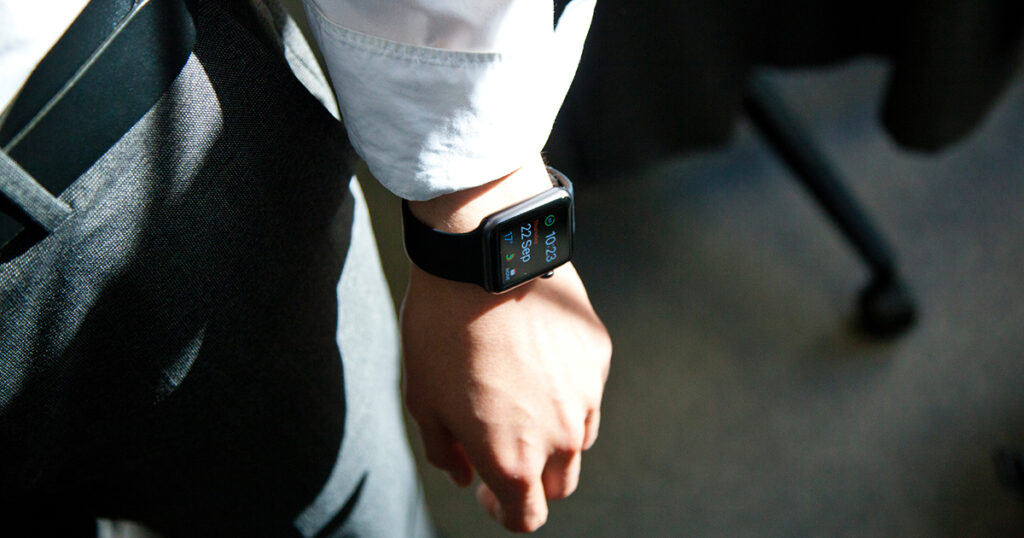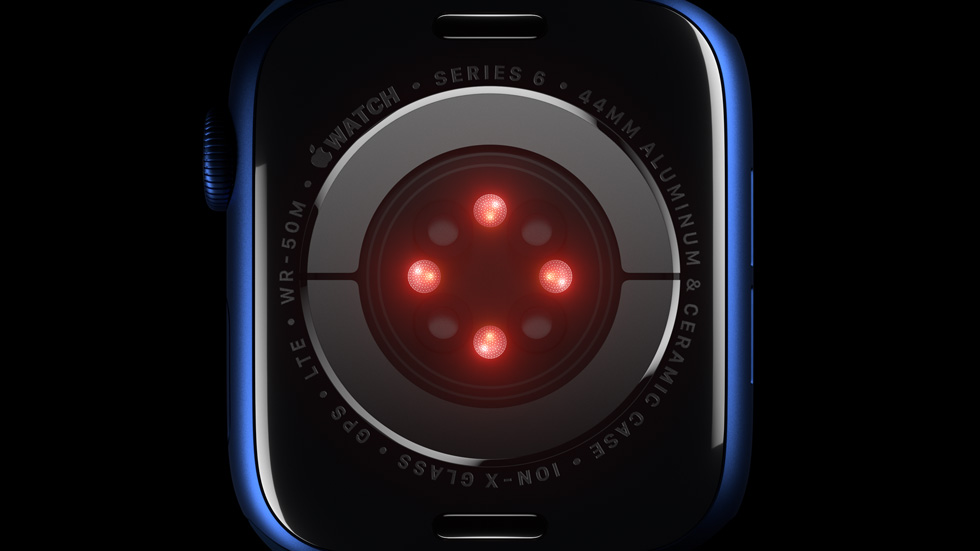Wearable Technology: Getting Fitter and Better

As the name implies, wearable technology is a smart electronic device that people wear on the surface or close to the surface of the skin. Other people refer to these devices as wearables, smartwear, fashion electronics, or skin electronics.
The use of wearable technology varies. Some are tattooed on a person’s skin; others wear it as implants or embedded in their clothing. Most people wear them as accessories. Wearables are hands-free devices, with microprocessors providing power. Many are capable of sending and receiving data through the internet.
Not really a novel idea
It’s interesting to note that wearable technology’s inception started around the beginning of the 16th century when Peter Henlein, a German inventor, introduced necklace-type watches (Nuremberg Egg). Some say that the technology developed earlier, around 1286, with the creation of wearable eyeglasses by an Italian inventor.
Modern wearables are related to the development of wearable computers and ubiquitous computing. Wearable technology is quickly shaping to become one of the vital categories of IoT, as it is essential in the development of life-changing applications in many fields, particularly in medicine. The wearables’ evolution is largely supported by the continuing development of miniaturized microprocessors, high-speed data transfer, and faster mobile networks.
Modern wearable technology
When you say modern wearables, these are devices that incorporate internet connection and microprocessors. The first wave of wearable technology includes fitness activity trackers. The wristwatch evolved into a screen, with the later addition of stronger mobile applications, which enticed consumers.
Before long, other wearable devices were created – Bluetooth headsets, Fitbit Classic, solar-powered jackets, activity trackers, Apple Watch, Ringly, Quell, bPay, and more.

WatPractical and specialized applications of wearables
Currently, the wearables’ development focuses on practical and specialized applications of the technology on consumer accessories.
Microchip implants
Some are developing microchip implants that are replacing passwords and keys. This type of microchip, which is similar to the chips for tracking lost pets, is embedded in the tip of a finger. Connection is via RFID (radio-frequency identification) or NFC (near-field communication). Reportedly, the U.S. military is considering using microchips for tracking its troops worldwide.
Medical and healthcare devices
The medical device manufacturing industry benefits from wearable technology. Various applications are being developed to monitor a user’s health and fitness.
The real life-altering applications of wearable technology, however, can be found in medical devices. One example is the iTBra of Cyrcadia Health, which is used to detect breast cancer.
AIR Louisville of Louisville, Kentucky, created a wearable device for local air quality monitoring, identifying hotspots for asthmatic people, and measuring pollutants.
Several manufacturers have developed medical alert monitors to help the impaired and elderly regain their independence and mobility.
There are smartwatches for people who have Parkinson’s disease. The wearable can track symptoms and transmit the data to the healthcare provider to develop a personalized treatment plan.
The core of wearables: the sensor
Wearables come in various shapes, sizes and applications. But the most critical part of all wearables is the sensor, where the function and capability happens.
It is expected that this year, 2020, the wearable sensor industry’s worth will reach $2.5 billion. The current pandemic brought more focus on sensors, with the development of tracking systems to detect the early onset of COVID-19, remote patient monitoring for those who are isolated, and wearables for contact tracing.
The IDTechEx report, “Wearable Sensors 2021-2031,” details 17 different types of wearable sensors, such as optical heart rate monitoring, motion sensing via IMUs, hearables, electronic skin patches, and others.
As you already guessed, wearable sensors are integrated into wearables for health and fitness monitoring. The evolution of wearable sensors will continue as the scientific interest in the technology increases due to its high potential in personalized medicine and other applications.
Indeed, the potential for wearable sensors is huge. For the healthcare sector, sensors will feature immensely on healthcare devices for different functions such as sleep monitors, ski goggles, fitness bands, martial arts vests, diving watches and computers, multimedia watches, and altimeter watches.
For improved quality of life, you’ll find wearable sensors in sleep apnea treatment, vital signs monitors, heart pacemakers, prosthetics, protective vests, and fall detection sensors.
For the defense market, wearable sensors will fit nicely into monitors for soldier activity and helmet impact.
These items and applications are just examples where wearable technology and wearable sensors will play a huge part. With the way things are developing, the entire society will be benefiting from this micro-technology to make life better, fitter, and safer.